Flow State: Being "In the Zone"
Over the past couple of decades, the dietary supplement industry has seen massive growth in the area of nootropics -- ingredients that increase focus, cognition, memory, and/or overall mental energy and well-being. It's a fascinating category with some incredible, science-backed ingredients, and we write about -- and use -- the ingredients on a near-daily basis.

Flow State in a bottle?! With the new L-BHB free acid ingredients from Ketone Labs, we're starting to believe it. Understand how this energy-providing ketone isomer may work better for nootropic (cognitive) applications!
However, there's a set of key nootropic ingredients that have gone forgotten over the past few years, and we're bringing them back, and in a whole new way.
Flow State: Get Into The Zone
Achieving a state of flow, often described as being "in the zone", is the coveted mental state where you experience complete immersion and enhanced performance in a task. This concept was first introduced by psychologist Mihaly Csikszentmihalyi and has been studied across various fields such as education, sports, and neuroscience.[1-5]
Flow state is characterized by:[1]
- Intense focus
- effortless action, and
- intrinsic enjoyment.
The dietary supplement industry has explored numerous compounds to help individuals achieve and maintain flow state. We've written extensively about choline sources, stimulants, and blood flow agents.
Supporting Flow States with Ketones
But one that's gone forgotten are ketone supplements. Traditionally, R-BHB (beta-hydroxybutyrate) has been the primary ketone supplement used to enhance energy levels and cognitive function. However, emerging research suggests that L-BHB, a different form of BHB, may offer even more benefits in promoting flow state.

If this study[6] is to be confirmed, 1,3-butanediol is what we consider to be straight-up liver poison.
We recently covered how both R-BHB and L-BHB raise liver ATP levels (while "keto alcohols" like 1,3-butanediol actually destroy it).[6] But flow state isn't just about cellular energy, and it's not just for athletes or high performers. It's accessible to anyone looking to optimize their cognitive and physical performance.
The mechanisms behind flow state involve a delicate balance between skill and challenge, clear goals, immediate feedback, and a sense of control.[1] Achieving this state can lead to enhanced productivity, creativity, and overall well-being. But getting there naturally hasn't always been easy. We believe the industry is on the verge of permanently changing that.
In this article, we will dive into the science behind flow state and explore how a promising new version of ketone supplements, L-BHB (specifically in its free-acid liquid form), can help individuals achieve this optimal state of performance. We'll compare the effects of goBHB brand L-BHB and R-BHB, discuss the neurobiological mechanisms involved, and highlight the potential benefits for various populations, including students, athletes, gamers, and professionals.
This article is supported by Ketone Labs, patent-holders and owners of the goBHB tardemark, so before we get started, sign up for our Ketone Labs and goBHB news alerts, then let's get into it:
Subscribe to PricePlow's Newsletter and Alerts on These Topics
More on Flow State
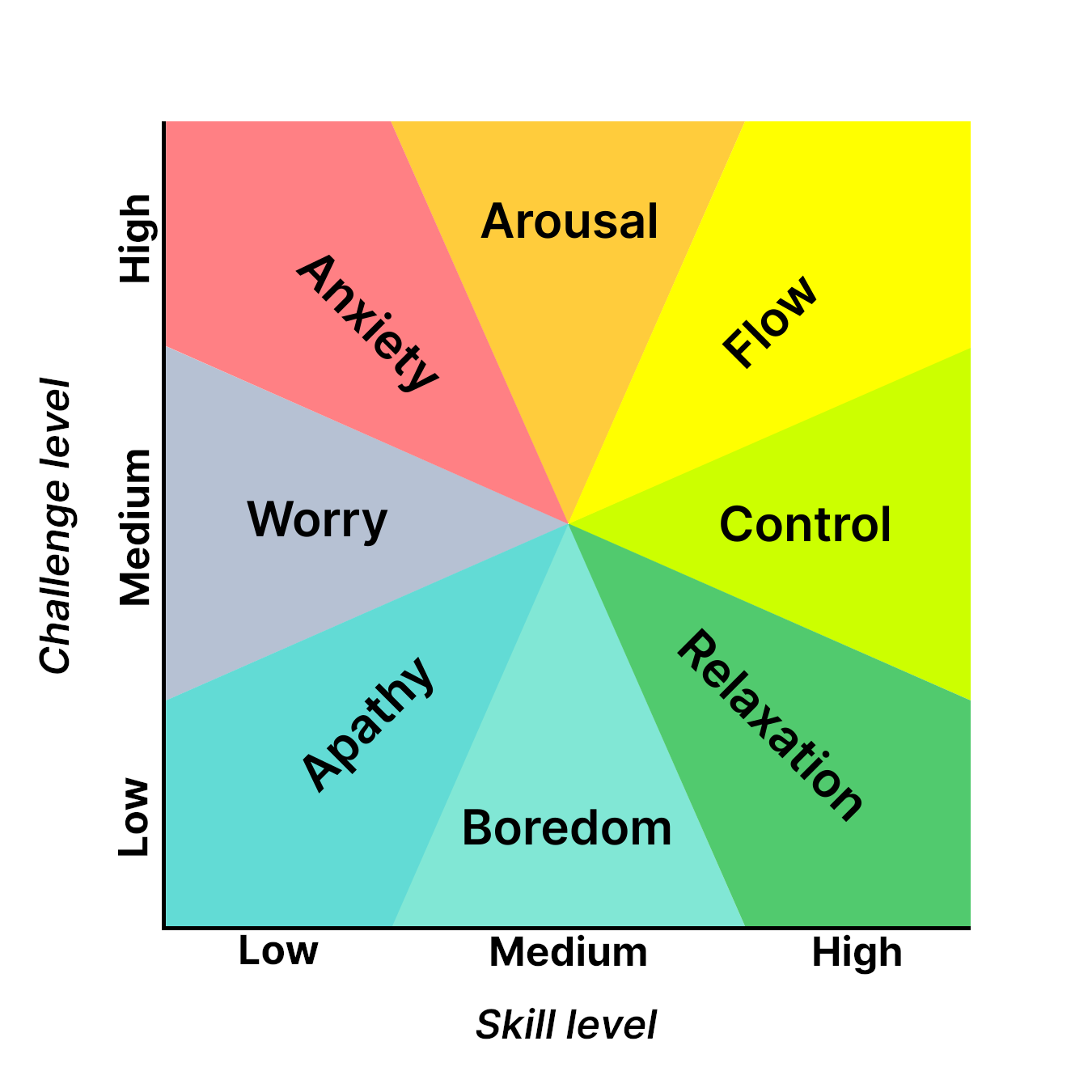
In order to enter flow state, one often needs a skill level commensurate for the task, and it must be challenging and rewarding enough. Image courtesy Wikimedia Commons
Flow state refers to the experiential state of being fully immersed and engaged in an activity. It often involves balance between skill and challenge, where you're neither overwhelmed nor bored. There's a situation of action and awareness, where you "lose track of time" from being sso completely focused on a certain task.[1] It's a rewarding, feel-good experience, providing motivation to pursue challenging tasks in which they can get back into the state.
Flow state is often where peak performance is delivered, whether it's work, sports, or creative pursuits. We can all think of a few athletes who simply had "it" when the time arose. Concentration, productivity, focus, and even enjoyment go to new heights. Research even shows that it can lead to increased happiness and well-being, as it induces a sense of accomplishment and satisfaction.[1] Flow state is also associated with improved learning and skill development.
What's also important is that flow state involves the suppression of negative thought patterns, allowing individuals to maintain a positive and focused mindset, avoiding negative mental roadblocks.
Understanding Flow: A Neurobiological Perspective
There are a few things that happen when in flow:
- Reduced Self-Referential Processing: In flow state, individuals experience a diminished sense of self-consciousness -- they're fully-absorbed in the activity. Thoughts of "self" begin to disappear, or are at least diminished, as thoughts of "task" are on the forefront.
- Suppression of Negative Thought Patterns: Negative thought patterns disappear when in the zone -- individuals maintain a positive and focused mindset, which leads to the next part:
- Activation of Reward Centers: Flow is associated with the release of dopamine and norepinephrine, two neurotransmitters that play a crucial role in promoting motivation, focus, and enjoyment.
But you can't always get into flow state if you're not performing the right activities -- the action matters, too:
Factors Contributing to Flow
Several factors are essential for achieving and maintaining flow state:
- Skill vs. Challenge Balance: The activity must present a challenge that matches your skill level, balancing boredom against anxiety.
- Clear Goals and Immediate Feedback: Having clear objectives and receiving immediate feedback helps individuals stay focused and motivated.
- Sense of Control: Being (or feeling) in control of your actions and environment enhances the likelihood of entering flow state. If you're not comfortable and "at home" with your surroundings, you're less likely to enter the zone.
- Distorted Perception of Time: During flow, individuals often lose track of time - a distorted sense of "time traveling" occurs.
With that background, we can now get into the fun part -- how to induce flow more often!
The Role of Beta-Hydroxybutyrate (BHB) in Flow
Beta-Hydroxybutyrate (BHB) is a ketone body naturally produced during periods of fasting, low-carbohydrate dieting, or intense exercise. It's an alternative energy source for the brain and body when glucose levels are low.
D-BHB vs. L-BHB

Compared to L-BHB and R-BHB, which support ATP creation, 1,3-Butanediol was an unmitigated hepatic energy catastrophe.[6]
There are different forms of BHB, including the "right-handed" and "left-handed" isomers -- D/R-BHB and L-BHB, again, focusing on the free-acid forms in this article. Each has unique properties and potential benefits:
While D-BHB is the most commonly occurring form in the body and seen most often in supplements, L-BHB has emerged as a promising nootropic alternative. Ketone Labs' internal research (unpublished) suggests that it may offer unique benefits for brain energy stability and cognitive function, which are critical for achieving flow state.
BHB and Brain Function
BHB plays a significant role in supporting brain function through several mechanisms:
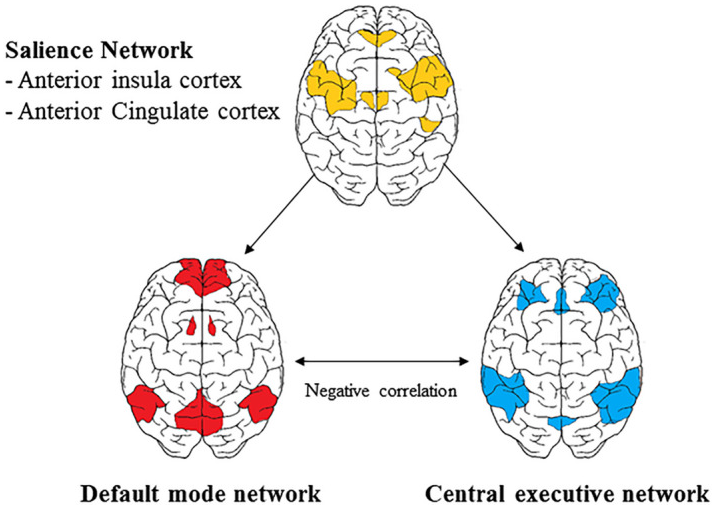
Research shows that the salience network acts as the 'switch' between the default mode network and central executive network. The central executive network is what's utilized when focusing on a task.[4]
- Enhanced Energy Stability: BHB provides a stable and efficient energy source for the brain,[7] which is essential for maintaining focus and cognitive performance during challenging tasks. Ketone Labs has posted data showing how L-BHB and R-BHB both increase liver ATP levels, and ATP is known as the cells' "energy currency" in the body.
- Neurotransmitter Modulation: BHB influences the balance of key neurotransmitters, such as GABA and glutamate,[8,9] which are crucial for regulating mood, focus, and relaxation. This modulation can help individuals achieve the mental clarity and calmness required for flow state.
- Support for Neuroplasticity and Neuroprotection: BHB supports neuroplasticity,[10] the brain's ability to adapt and form new connections. It also offers neuroprotective effects, safeguarding brain cells from oxidative stress and inflammation, which can impair cognitive function.
Getting into the Zone with L-BHB
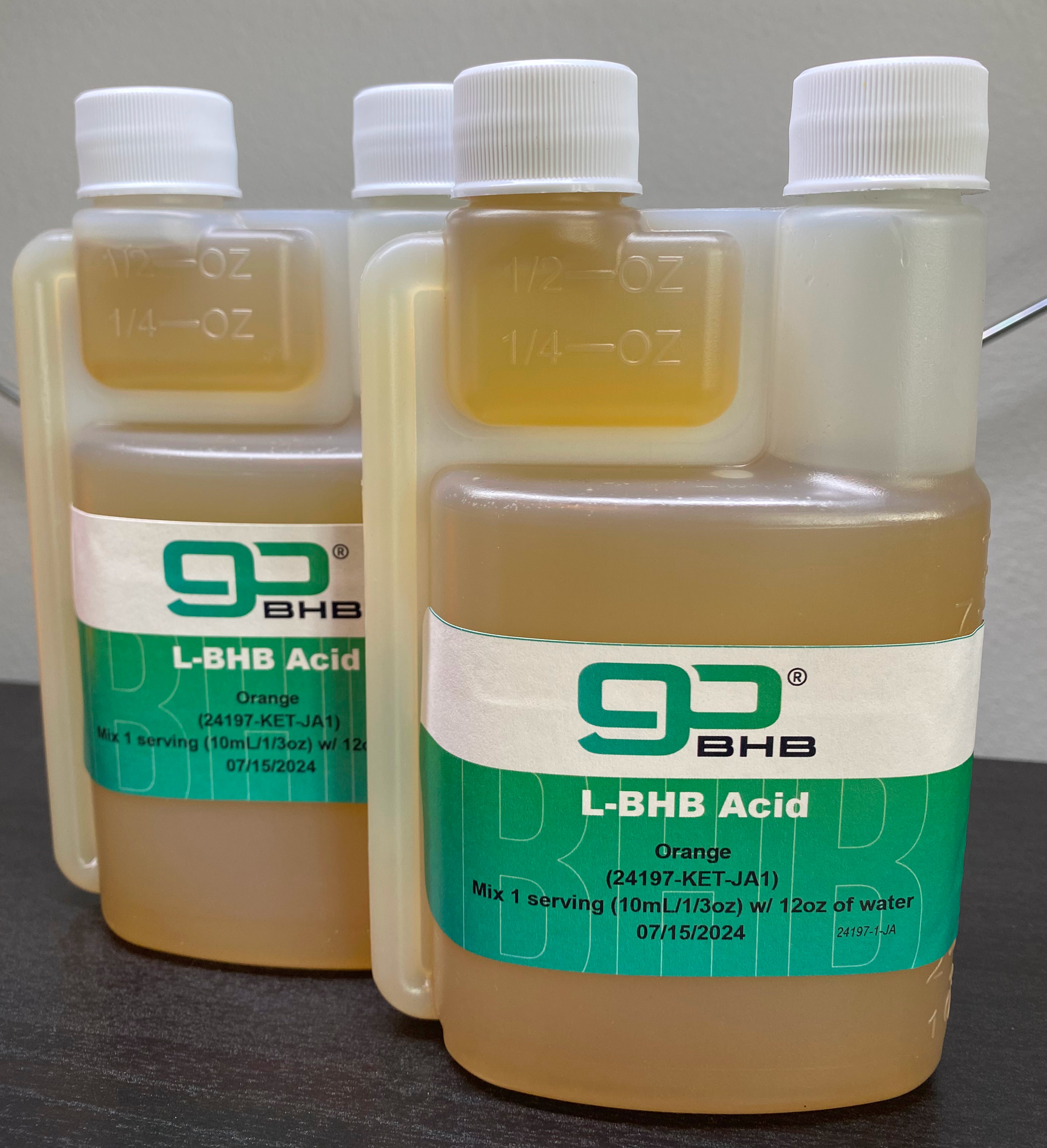
Prepare to have your cognitive socks knocked off... so far in our testing, this L-BHB Acid is the real deal
L-BHB, or levobeta-hydroxybutyrate, is the next-generation nootropic form of BHB that's gaining attention for its potential cognitive benefits. Unlike D-BHB, Ketone Labs suggests that L-BHB has shown a preference for astrocytes, the star-shaped glial cells in the brain and spinal cord. These cells play a crucial role in maintaining the energy stability and overall function of the brain.[11]
Specifically L-BHB Free Acid
Note that when we're talking about L-BHB, we're referring to the free acid form. BHB free acid is a liquid, best suited for beverages, energy shots, and gels. This is different from the goBHB salts, which are bound to minerals like sodium, calcium, and magnesium (and occasionally potassium).
Astrocyte utilization
The theory is that L-BHB is preferentially utilized by astrocytes, which support brain energy stability and help regulate neurotransmitter levels. This may lead to more sustained and efficient energy delivery to the brain, promoting longer periods of focus and mental clarity.
L-BHB is also believed to influence key neurotransmitters, such as GABA and glutamate, which are essential for achieving flow state. The goal is to stay calm yet alert.
Preliminary research
While formal studies on L-BHB and flow state are still emerging, preliminary observations, internal survey data, and anecdotal evidence suggest very promising results. Many users report enhanced focus, mental clarity, and ease of entering flow state with L-BHB supplementation. You can listen to Episode #129 of the PricePlow Podcast, where we were dosed with some L-BHB at the beginning. Time flew during that episode!
In general, those who have tested L-BHB describe an overall heightened ability to concentrate and think clearly. These self-reported experiences indicate that L-BHB supplementation makes it easier to achieve and maintain flow state.

New unpublished preclinical data shows that 1,3-butanediol is a net ATP consumer in the liver, as opposed to free acid BHB and MCT which are ATP (energy) producers.[6] This sheds a whole new light on the BHB vs. Ketone Esters.
The individuals who have tested it so far have reported:
- Consistent flow state
- Ability to manage multiple cognitive processes simultaneously (multitask)
- Heightened senses and increased perceptual clarity
- More effortless activities (simplified perception of tasks)
- Mental euphoria
- Reduced fear, stress, and anxiety
The data is not yet published, but this is exactly what we hope for when using nootropics.
What about R-BHB?
While L-BHB and R-BHB are both forms of beta-hydroxybutyrate, they may have different mechanisms of action and benefits. We postulate that L-BHB, preferred by astrocytes, brain energy stability and neurotransmitter balance, while R-BHB, is the more-commonly used source in ketone supplements to be used as a rapid energy source and may improve physical performance and general cognitive function. However, its cognitive effects may be more transient and protective compared to the experiential feel of L-BHB.
Combining L-BHB and R-BHB may offer synergistic benefits, providing both immediate and sustained cognitive enhancements, with differing results in different combinations. Such a combination could be effective for those seeking to optimize performance and achieve flow state simultaneously.
Immediate vs. Sustained Effects
While R-BHB provides a quick, noticeable boost in energy and focus, experience so far shows that L-BHB offers longer-lasting cognitive benefits. Together, users can enter flow state quickly and maintain it.
L-BHB offers potential benefits for a wide range of individuals, including students, athletes, gamers, and professionals. By enhancing focus, mental clarity, and cognitive performance, L-BHB can help various populations achieve their goals -- and enjoy it along the way.
You Heard it Here First: L-BHB is the Next-Generation Nootropic
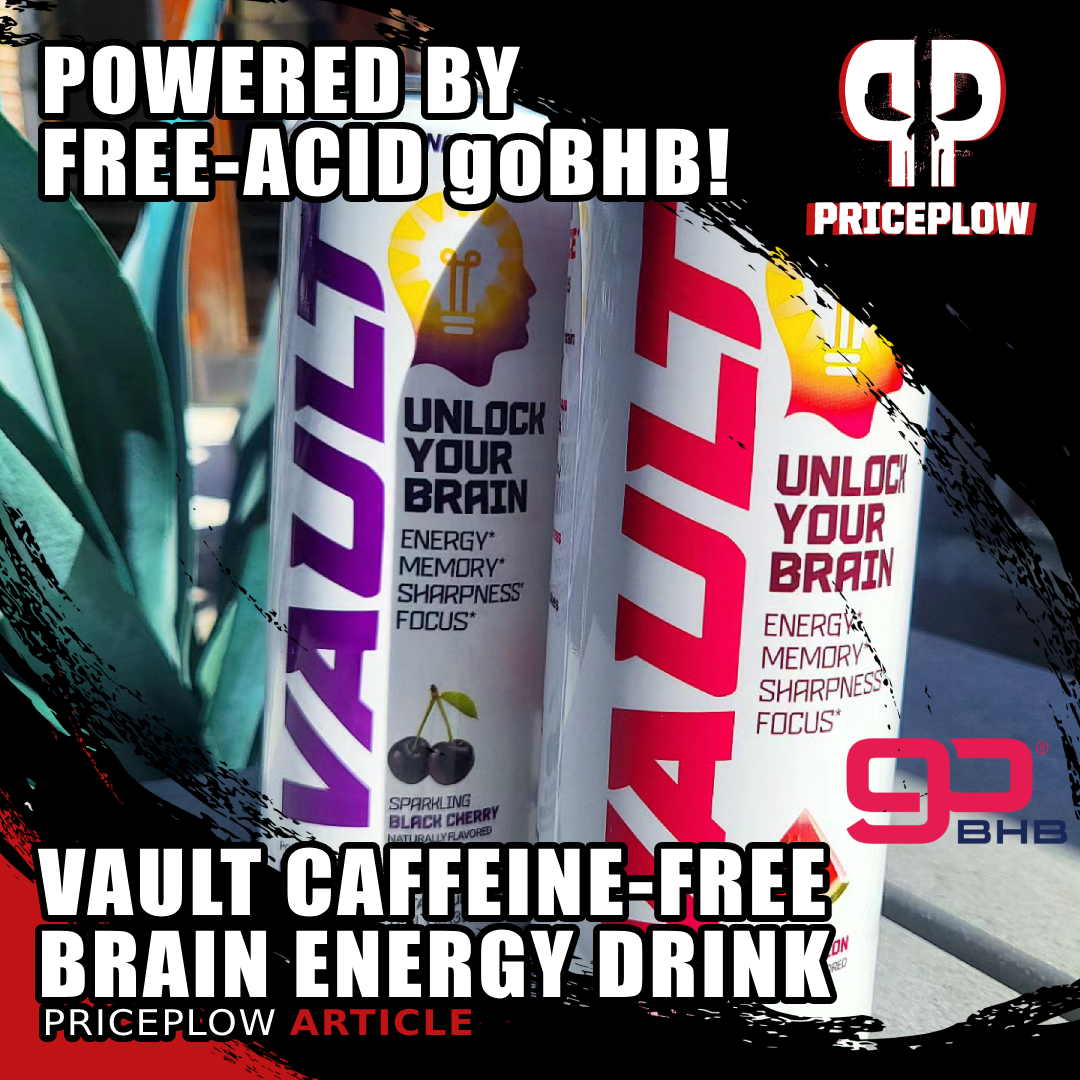
Vault Caffeine-Free Brain Energy Drink is powered by a whopping dose of two forms of BHB - Free-Acid D-BHB and Potassium D-BHB... a combination that feels downright phenomenal
Ketones are making a comeback, and while R-BHB gets a lot of the attention in the metabolic, energy, and performance space, L-BHB holds great promise for uniquely enhancing cognitive performance and achieving flow state. While there's no published research on it at the time of publication, the anecdotal evidence -- and our personal testing -- indicates that there's something big here.
There's still a lot more research to be done, but brands on the cutting-edge are encouraged to look at this incredible isomer. Energy drinks like VAULT Caffeine-Free Energy with R-BHB are out, but we're excited to see something with some L-BHB involved as well.
As more research emerges, we anticipate that L-BHB will become a key player in the quest for achieving flow state and optimizing cognitive performance.
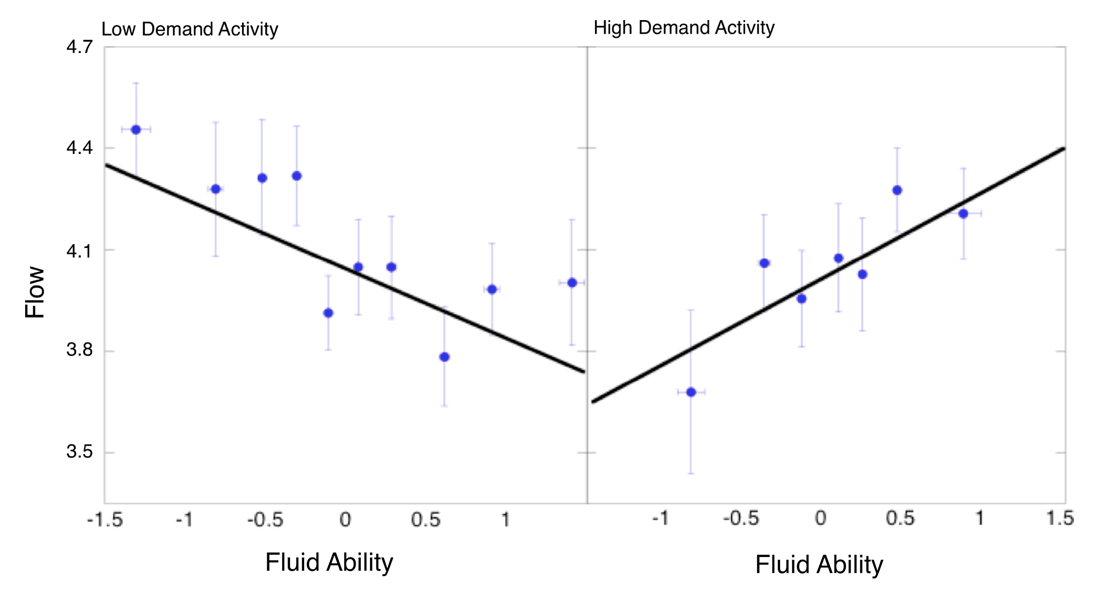

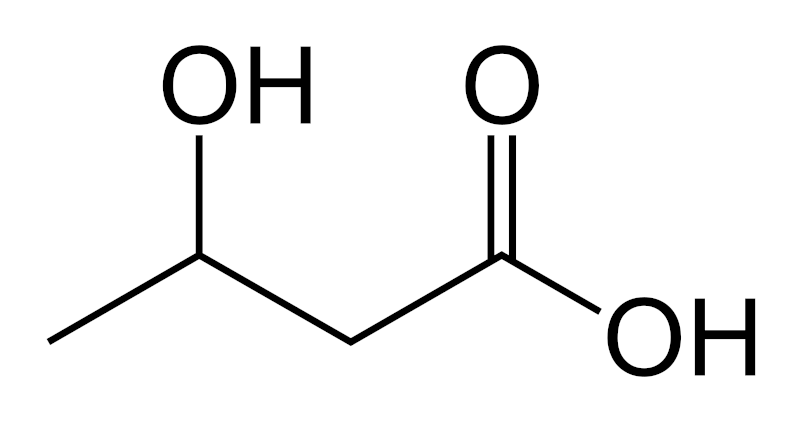


Comments and Discussion (Powered by the PricePlow Forum)